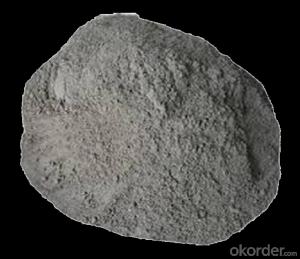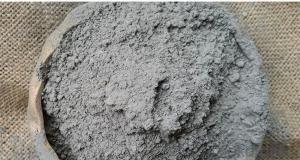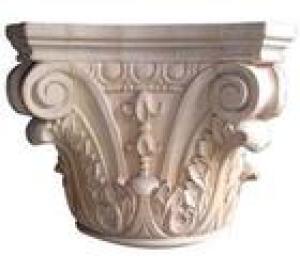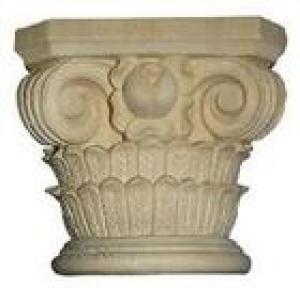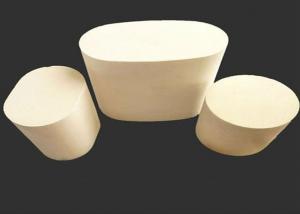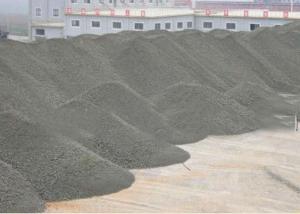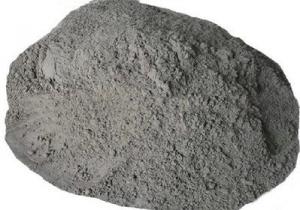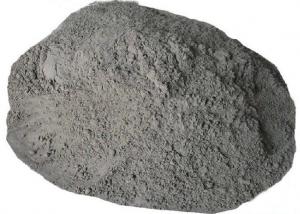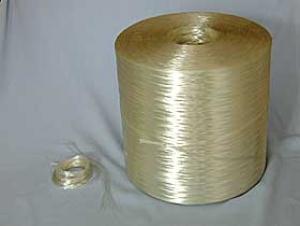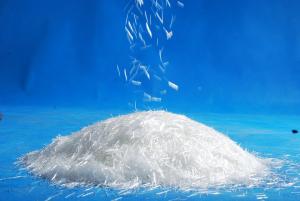Highest quality for Portland cement of GB 175-2007 GRADE P. II 52.5R
- Loading Port:
- China main port
- Payment Terms:
- TT OR LC
- Min Order Qty:
- 1000 m.t.
- Supply Capability:
- 500000 m.t./month

- OKorder Service Pledge
- Quality Product
- Order Online Tracking
- Timely Delivery

- OKorder Financial Service
- Credit Rating
- Credit Services
- Credit Purchasing
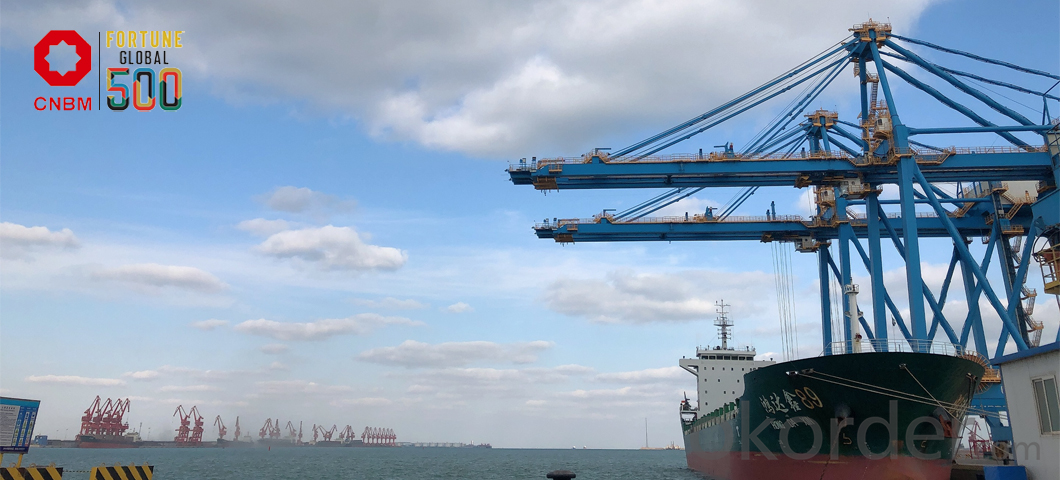
PORTLAND CEMENT
Portland cement is the most common type of cement in general use around the world, used as a basic ingredient of concrete, mortar, stucco, and most non-specialty grout.
It is a fine powder produced by heating materials in a kiln to form what is called clinker, grinding the clinker, and adding small amounts of other materials.
Several types of Portland cement are available with the most common being called ordinary Portland cement (OPC) which is grey in color, but a white Portland cement is also available.
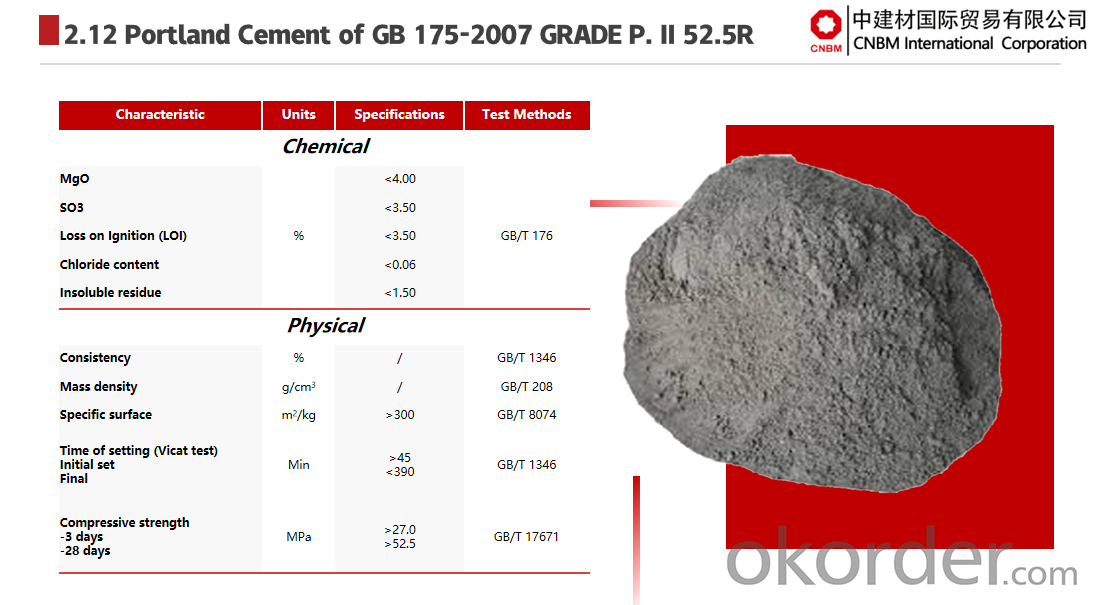
Application
CNBM Cement can be used for all types of architectural or structural concrete construction. Such application as pre-cast panels and systems, cast-in-place, masonry units, tilt-up panel systems, roofing tiles, terrazzo floors, highway median barriers, tile grout, swimming pools, stucco, culture stone,colored masonry products, cement paints and coatings, and ornamental precast concrete items.
CNBM INTERNATIONAL CORPORATION (short for the Company) is a subsidiary of China National Building Material Group Co., Ltd. (short of CNBM Group). China National Building Material Group is a state owned enterprise under directly management of the State-owned Assets Supervision and Administration Commission of the State Council, and ranked 187 in the world's top 500 in 2019. China National Building Materials Group is the world's largest comprehensive building materials industry group, the world's leading new material developer and comprehensive service provider, and has the strongest scientific research strength in the field of building materials and non-metal new materials. CNBM INTERNATIONAL CORPORATION is a brand-new platform built by China National Building Materials Group that focuses on non-metallic materials trading.
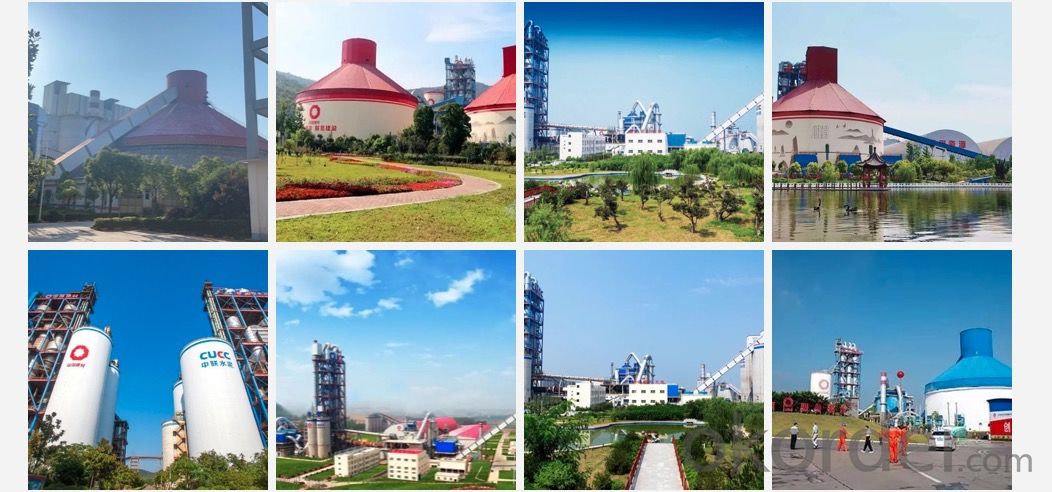
Q:Are you a trading company or manufacturer?
A:CNBM is a large-scale central governmental industrial group with its own manufacturing sector, research and development sector, trading sector and logistics sector.
Q:I have some special requirement about specifications.
A:We have a well-rounded product range, which endows us with the capability of applying many special specifications. Please feel free to contact us with yours.
Q:Do you accept OEM service?
A:Yes, we do.
Q:What is your delivery time?
A:It depends on the size/complexity of your order and our own production schedule. Usually we provide a faster delivery than the industry's average.
Q:What is the payment term?
A:TT and LC are both Okay.
Q:Can I have my own logo on the product?
A:Sure, we can apply your own logo on the products according to your drawings.
- Q:im trying to add a receptacle to my kitchen island. i want to run the wiring under the cement. what other step i need to do like what do i need to use to cut that cement how can i pull that cement i cut up please help me thanks
- Brad is correct about PT reinforced cement. But, since you do not already have a receptacle serving the island (required in newer homes), I am going to guess that the home is older and less likely to have this issue. Although you should try to find out for sure, if possible. PT reinforcing is fairly common in apartment/condo buildings, but is rare for a single family residence in my area (WA State). May be different where you are though. When you install this, use conduit for this. Do not use direct buried wire. First, it cannot be in poured cement without protection at the entry and exit points (must be poured under the cement and be protected). Second, if there were any failures (or if you needed to add circuits) later, you will not be happy tearing up the floor again. Insist on at least a 3/4 conduit (1 inch might be better yet). This would allow for an additional circuit or two later. If you are going to rip into the cement floor, do it right the first time.
- Q:I have a small concrete slab (12' x 3.5') that I would like to cover with bricks. Should I use mortar or cement to affix them? We live in a cold and wet climate where summer max temp is 90F, winter min is -30F, lots of rain in spring and fall. Not sure if that makes a difference.
- if its a concrete slab of course use mortar. more adhesive than cement. cement are for bricks of course. but if you want the first layer of concrete to be attached to the brick use mortar like a said earlier. apart from that you can go on using cement to put the bricks together
- Q:I want to build a 5000 gallon pond using cement, but I am kind of having trouble finding resources on how to do this.I would like to know how to install an externail pump, and how do I do the drain???How do I put the plumbing in? Would this be buildt pretty similar to a pool?What has to be done to the cement to make it safe for fish?Would making it out of cement be cheaper than liner?There are no rocks in FL, so we are going to have a company come out and quot;makequot; the rocks for us. They do a FABULOUS job sculpting rocks from rebar and cement. I would have to have a cement pool in order to have them do this, though. So that is why it needs to be out of cement.If you can find ANY resources for me on how to do any of this, Id be eternally greatful! Im so excited to get my pond going!!!!
- Check okorder
- Q:what is the Density of Port land cement, and which material is mostly use in cement.?
- Typical constituents of Portland cement are CaO: 61-67%; SiO2: 19-23%; Al2O3: 2.5-6%; Fe2O3: 0-6%; various sulfates: 1.5-4.5%. Also, after hardening, Portland cement will slowly absorb CO2 from the atmosphere to form insoluble CaCO3. The density is 1510 kg/m^3 in bags, or 3150 kg/m^3 in mix design.
- Q:estimate the heat-flow rate for a solid cement wall of a typical-size house. assume the wall is 5.0 m wide and 2.5 m tall.please show work and equations if possible! thanks everyone, i appreciate it!
- 42 W/m degC as a thermal conductivity value for light concrete. This means that .42 W will flow through a concrete wall 1 meter thick if the temperature difference on opposite sides of the wall is 1 deg C if the wall is thinner or the temperature difference is bigger then more will flow this makes sense, if it is hotter outside and the wall is thinner more heat comes in so, if it is 30 deg C outside, and 20 deg C inside, the temperature difference is 10 deg C if the wall is about 8 inches thick (or say .2 meters) then our flow is .42*10*(5*2.5)/.2 W/m-degC m*m/m = 263 Watts if I didn't make an arithmetic mistake, then then that should be a reasonable estimate
- Q:2011 building materials reinforced concrete price movements, I now cover the next year or cover? The
- If your money is not too well, it is recommended that you still finish the foundation in winter, because it can avoid the rainy season, winter groundwater is relatively shallow The ground processing is over, you can wait after the year to see the situation, whether immediately connected to the superstructure, if the price trend is very powerful, you should immediately repair or simply wait for a long time to say, in short, are good to say If the price falls, of course, better, but our country in recent years on the iron ore import price negotiations have been at a disadvantage, so iron ore prices do not come down, the price of steel is unlikely to decline So I think the winter for the best, next year, as the situation again
- Q:CEMENT INDUSTRY GRADE SPECIFICATION
- I have worked in the cement industry for 24 years and don't know for sure what you mean. I can only imagine you are referring to aggregates used in testing where the size range of the materials added to cement in the lab tests have to be constant
- Q:What is the amount of cement used in China in 2014?
- China's main use of thermal coal are: 1) coal for power generation: about 1/3 of China's coal used to generate electricity, tiger taste Hong Kong jiaofan de song spring attack Shanghai current average coal consumption for the standard coal 370g / (kW · h )about
- Q:which good one hydraulic cement can fix basement between gap and wall leak
- hydraulic cements are almost all the same, it's the elastomeric coating you put on after that will keep the moisture out.
- Q:Which Cement is the best to build a building.Like 5000 PSI or 8500 PSI, what is the different in between them, or they use for.Thanks
- First of all, cement is not concrete and you are referring to concrete which is a mixture of cement, water, and a mix of aggregates. The higher strength concrete of 8500 psi is best used for concrete columns where high axial loads are present. 5000 psi can be used for elevated beams and elevated slabs. Foundations are typically 3000-4000 psi only. With higher strengths mixes, the water-cement ratio is critical. In my job as a structural engineer, I mostly deal with 3000-4500 psi. The strength of the concrete mix is completely independent of the unit weight of concrete. Concrete is assumed to weight 150 lbs/cubic foot regardless of its strength.
1. Manufacturer Overview |
|
|---|---|
| Location | |
| Year Established | |
| Annual Output Value | |
| Main Markets | |
| Company Certifications | |
2. Manufacturer Certificates |
|
|---|---|
| a) Certification Name | |
| Range | |
| Reference | |
| Validity Period | |
3. Manufacturer Capability |
|
|---|---|
| a)Trade Capacity | |
| Nearest Port | |
| Export Percentage | |
| No.of Employees in Trade Department | |
| Language Spoken: | |
| b)Factory Information | |
| Factory Size: | |
| No. of Production Lines | |
| Contract Manufacturing | |
| Product Price Range | |
Send your message to us
Similar products
New products
Hot products
You Might Also Like
